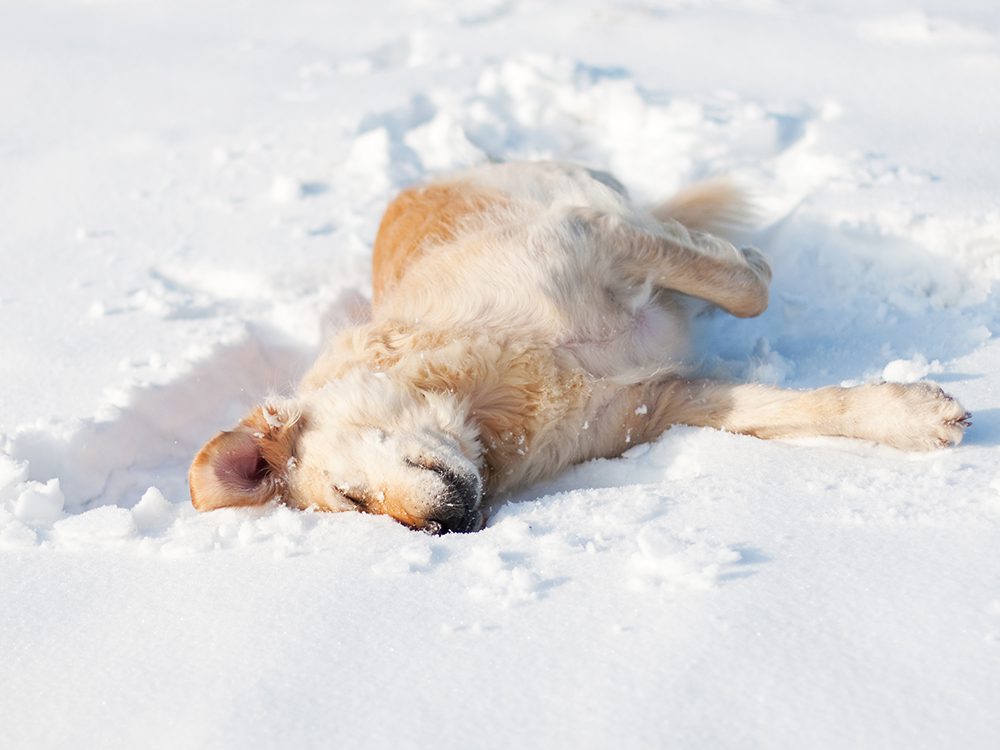Keeping Dog Paws Clean and Healthy During Winter in St. Paul, MN

Be aware of falling temperatures
If it’s too cold for you, it’s too cold for your dog. Hypothermia and frostbite occur quickly. Limit time outdoors and walking to less than 15 minutes at a time. Consider a jacket or sweater for your canine friend.
Protect their paws
Snow, ice, and salt can cause irritation and damage to paws. Not every breed is intended to withstand cold weather, therefore booties are an effective way to protect your canine’s paws because they offer warmth, full coverage, and are durable. Dog Booties are a great option! Let’s be honest, not every dog loves them, and they may act like they can’t walk at first, but most can be trained. To find your dog’s right size measure from the heel to the tip of the toenail.
Keep paws well groomed
It is important to keep nails trimmed short during the winter to help with stable footing. The ice and hard snow increase the risk of broken nails which can be painful. And, for breeds with long fur between their toes, trimming this fur will aid with paw cleaning and make it less likely for ice balls to form between the toes.
Wipe paws
After taking a walk outside in the winter ice and snow, simply clean your dog’s paws with a warm soapy washcloth or keep a box of pet wipes at the door for convenience. This helps to remove any ice/salt or harmful chemicals.
Treating cracked or dry paw pads
Musher’s Secret or Aquaphor can be great products!
Know how dangerous antifreeze is to pets!
Antifreeze poisoning typically happens when antifreeze drips from a car’s radiator, where it is licked off the ground and ingested by a pet. It is the ethylene glycol that causes the toxicity. The antifreeze has a sweet taste so dogs generally like the taste. It does not take a large amount of ethylene glycol to cause fatal damage to the system (death); less than three ounces of antifreeze is sufficient to poison a medium-sized dog.
Antifreeze poisoning affects the brain, liver, and kidneys. The U.S. Food and Drug Administration has labeled propylene glycol safe and it is now used for antifreeze. Look for antifreeze with this ingredient instead, to keep your pet safer from accidental poisoning.
Reflective Gear
During the winter months, it is dark more often than not, but that shouldn’t make us less active. Make sure both you and your pet have high visibility clothing and accessories such as: detachable collar lights, light-up collars, leashes, and vests, reflective collars and leashes, high-visibility dog vests. Head Lamps, LED Beanies and reflective vests for humans are important too!
Need More Pet Winter Tips? Reach Out to Our St. Paul, MN, Animal Hospital
For questions about other winter tips or other questions regarding your pet, please contact our animal hospital team at St. Paul Pet Hospital.
https://www.petmd.com/dog/emergency/digestive/e_multi_antifreeze_poisoning

